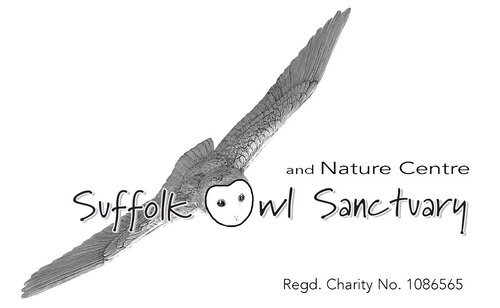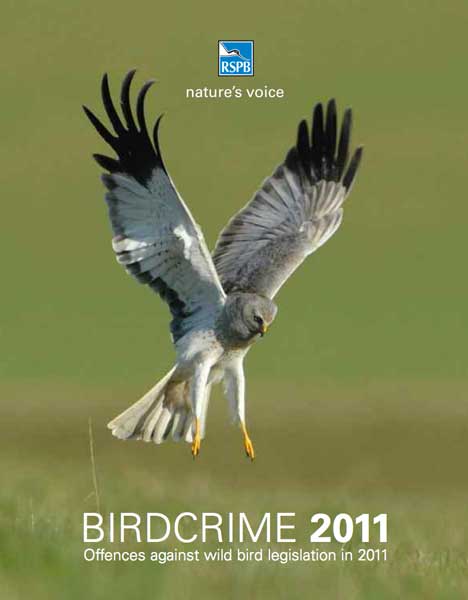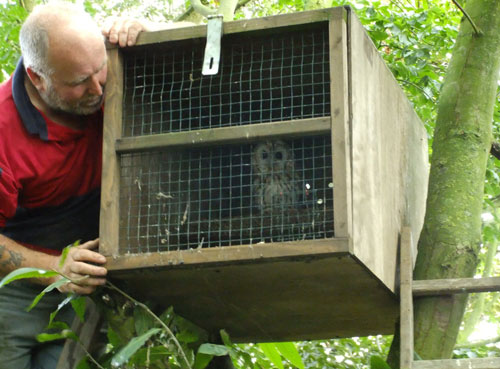As regular readers will know, we have been extremely busy over the last nine months in our Raptor Hospital and it has to be said that the up-and-down nature of the weather recently has not helped young birds, who have suffered as a result.
A consequence of the wet summer has been the resultant profusion of late broods, the health and survival of which have subsequently been threatened by the onset of moulting by the mature birds: this state has weakened the parents, rendering them unable in many instances to provide sufficiently for their offspring who have died of starvation in significant numbers.
This downy youngster was found in a weakened state but was properly nourished before he joined his new family
Such occurrences have frequently been logged by our friends Roger & Chris who - as key members of the Thornham Owl Project, who are partners in our East Anglian Wild Owl Nest Box scheme - have repeatedly come across similar cases in the last few months.
So when we recently received a report of an abandoned young barn owl, on investigation it proved to be just such a case - the survivor of a late brood neglected by parents in moult. Luckily Roger & Chris had just previously recorded a box inhabited by two healthy chicks of a similar age.
Chris climbs aloft to put return one of the young owlet trio to the nest box.
As a result we were able to introduce the single orphan to this group. To give the trio a better chance of fledging, we are helping the parents out with food by providing extra mice with which to feed the family each day: this should take the pressure off the parents whilst they complete their moult and encourage them to concentrate their efforts on looking after their babies.
All's well that ends well - Maz and Bridget with the trio of owlets.
Our blog here will keep you posted on the outcome, but this close co-operation with other local agencies proves just how valuable such an association can be in our mutual quest for the rescue and re-habilitation of injured or distressed birds of prey.




























































